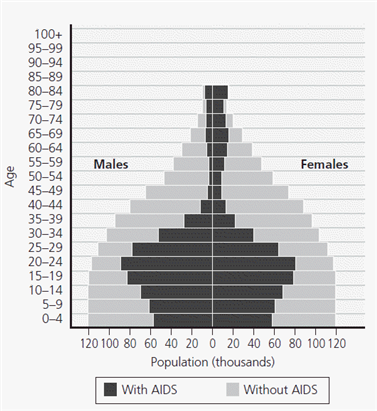Many countries in Africa suffer from a resource curse, or the paradox of plenty, where despite the abundance of valuable natural resources, the countries experience lower economic growth than countries without resources. What are the economic and political reasons a resource curse might develop?
Economic
It is difficult to plan development when commodity prices swing wildly up and down; oil prices, for example, can reach lofty heights and then plummet. These boom and bust cycles lead to risk taking, debt, and overinvestment. With busts, there are budget crises that hurt the poor.
Oil-fueled growth does not always create abundant jobs; although oil can account for as much as 80 percent of a country's revenues, it often employs fewer than 10 percent of the workforce. Against this backdrop of economic inequality, the revenue earned from oil crowds out other sectors, such as agriculture, manufacturing, and services.
Political
A glut of money from the resource provides incentives for corruption and repression of dissent. Officials and company executives get rich, and the poor get poorer. Oil-producing LDCs often spend as much as 10 times what poorer LDCs do on their militaries, and are more likely to get involved in conflicts, both external and civil.
You might also like to view...
Critical Thinking
What will be an ideal response?
All but which of the following are true of commercial agriculture compared to subsistence agriculture?
A) low percentage of farmers in the labor force B) farm size C) heavy use of machinery D) output consumed on the farm E) surplus production
When water freezes, it can expand up to 50%
a. True b. False Indicate whether the statement is true or false
________ has (have) been responsible for around 50% of the sea level rise over the last century.
A. A dip in the jet stream B. Extreme weather events C. Change in the Gulf Stream circulation D. Melting and loss of ice